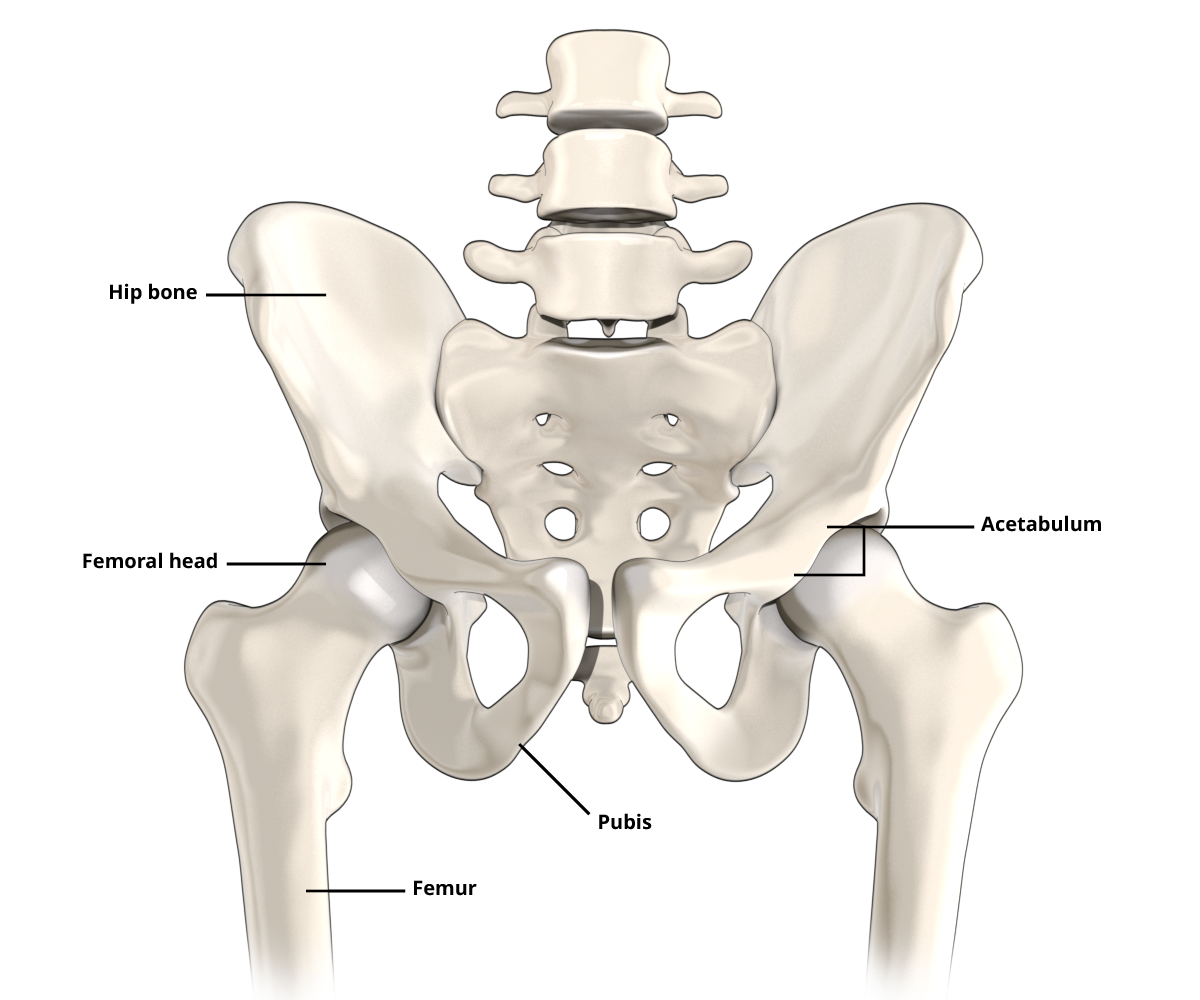Further information on diagnosis, therapy and treatment options
-
Centres
back
Centres
- Specialities
- Doctors
-
Patients & visitors
- About us
- Referring doctors
- Centres
- Specialities
- Doctors
-
Patients & visitors
back
Patients & visitors
- About us
- Referring doctors
close search









